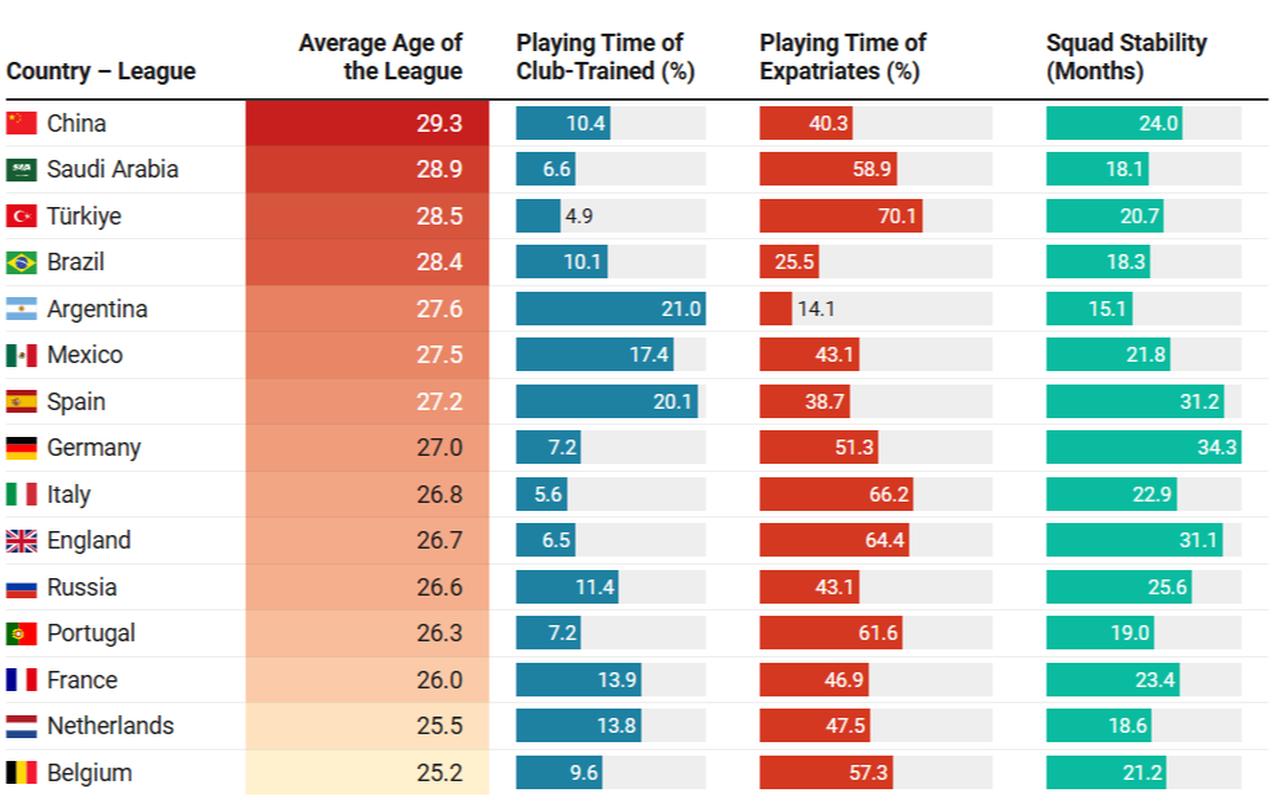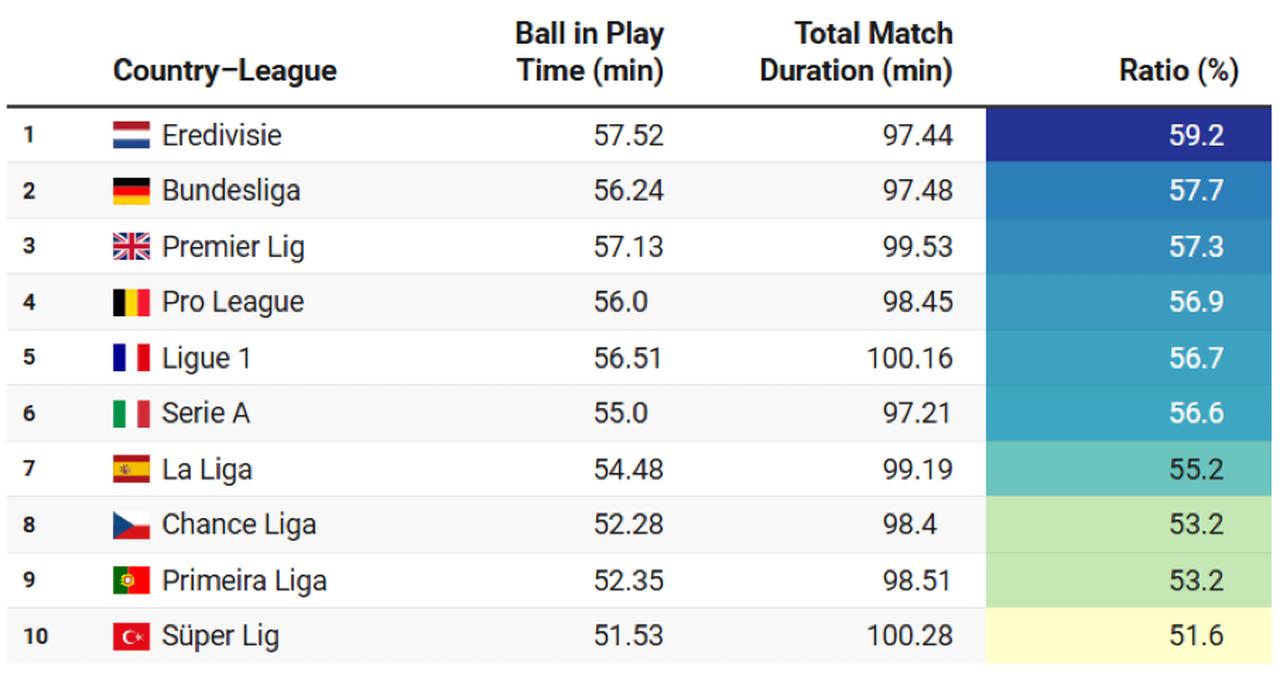
The 2025-26 Super Lig season has kicked off, and as always, the agenda is dominated by transfer headlines, expectations and endless arguments.
This constant attention is hardly surprising—football in Türkiye is not merely a sport; it is a cultural obsession, shaping daily conversations across every social and economic group.
A great deal of time, energy and resources is invested in football in Türkiye, with clubs and the league attracting significant financial attention. Yet the outcomes on the field often fall short of the effort put in.
Using data from the CIES Football Observatory, OPTA and Transfermarkt, one can clearly see how the Super Lig remains one of the most unstable football ecosystems in Europe.
From youth development to transfer policy, the numbers tell a story of institutional weakness and cultural issues.
Expatriate dependent structure
One of the Super Lig’s defining characteristics is its dependence on expatriates. Last season, foreign-trained footballers accounted for more than 70% of total playing minutes.
This includes Turkish passport holders raised in Germany or the Netherlands. Among the 50 leagues studied by CIES, only the South Cyprus League has a higher percentage. Without the regulation requiring three Turkish players on the pitch, the number would likely be even greater.
Equally troubling is the near-total neglect of youth academies. “Club-trained” players—those who spent at least three years between the ages of 15 and 21 at their club—represented only 4.9% of total playing time, the lowest across Europe.
Smaller countries such as Croatia and Serbia manage to export hundreds of players, while Türkiye can count only 33 active abroad.
The Turkish football environment neither provides enough space for its own players in the domestic league nor succeeds in exporting them abroad. It is a system built on consumption rather than production.

Transfers, stability and management
The obsession with consumption shows up most visibly in the transfer market. Over the last five years, the Super Lig has consistently ranked among Europe’s busiest leagues in terms of player signings, averaging over 10 transfers per team each season.
The top six clubs often operate at nearly twice the rate of Europe’s elite leagues.
This approach undermines squad stability. The average stay of a player in the Super Lig is just 20.7 months.
Managerial turnover only deepens the instability: the average coach lasts 140 days. The pattern repeated itself this year; by the second week of the season, Gaziantep FK had already parted ways with coach İsmet Tasdemir.
Every managerial change triggers another wave of squad reshuffling, piling up costs while locking clubs into a cycle of chaos.
Aging squads, slowing games
Another chronic issue is the league’s age profile. Instead of investing in young prospects, Super Lig clubs have become a destination for over-30 stars signing their “last contracts.”
Compared to Europe’s top 10 leagues, Türkiye stands out as the leader in importing veteran players. The result is a sluggish style of football with little tempo.

The numbers confirm the picture.
On average, the ball stays in play for just 51 minutes and 53 seconds per match—the lowest among Europe’s major leagues—even though total match durations exceed 100 minutes. Nothing has changed this season either.
In the opening games of the “big three,” ball-in-play time remained equally poor:
Gaziantep vs Galatasaray: 50:39
Goztepe vs Fenerbahce: 48:38
Besiktas vs Eyupspor: 50:55
In modern football, high tempo, dynamism, and uninterrupted play are among the most critical elements of competition.
A high average age and a slow-paced league structure directly weaken the Super Lig’s competitiveness while also diminishing the viewing experience for fans.
Deeper cultural and institutional crisis
The Super Lig’s problems—reliance on foreign players, neglect of academies, lack of player exports, transfer excess and rapid managerial turnover—are symptoms of a deeper cultural and institutional crisis.
As long as Turkish football prioritizes short-term fixes over long-term planning, the league will remain financially fragile and internationally uncompetitive.
The structure of the league is already unsustainable, and on top of that, its financial costs keep increasing year after year.
With player wages climbing into the €10–20 million range, even mid-tier European clubs avoid such spending.
As Benfica’s former coach Bruno Lage once remarked: “No Portuguese club can match the salaries paid by the biggest Turkish clubs.”
Without a radical shift from consumption to production and from dependency to self-sufficiency, the Super Lig risks turning into a costly and unattractive league.